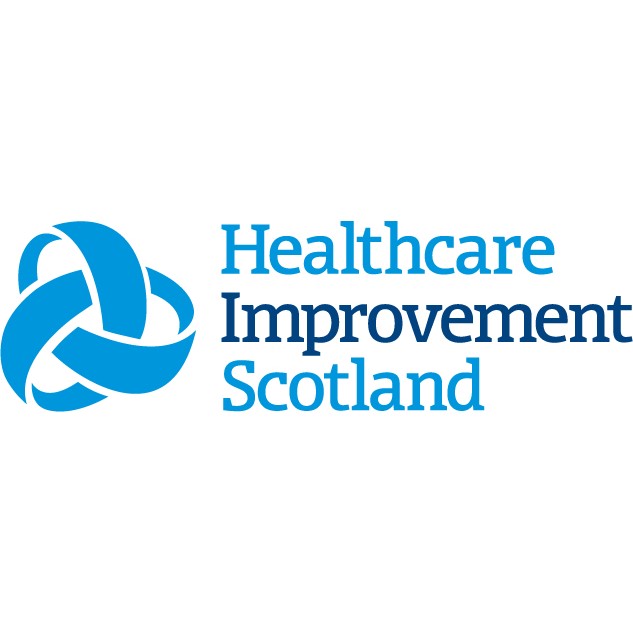People with dementia and their carers will experience quality care and support that is person-centred and co-ordinated from diagnosis to end of life.
- More people report positive experiences of the care and support they receive.
- People with dementia and their carers report experiencing joined up care and support.
- Teams report improved and integrated working across health and social care and other community organisations.


